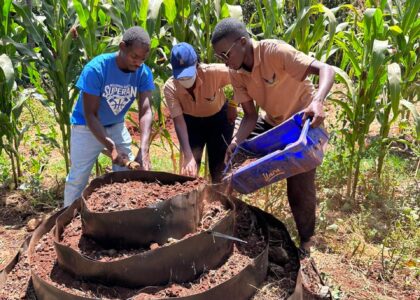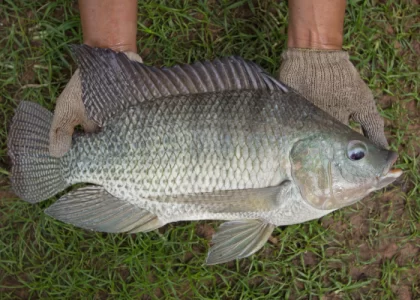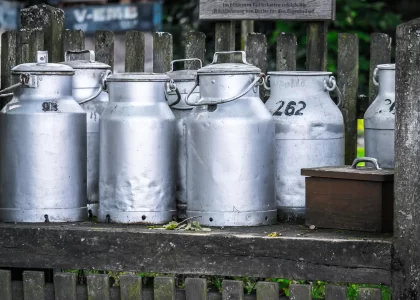How To Cultivate Azolla has become a topic of discussion in the second quarter of 2022. This is because the plant possesses numerous qualities such as quick growth, large biomass production, high protein content, and easy decomposability in the soil. Additionally, the Azolla can be easily cultivated:
A severe downturn of the economy has increased the cost of production in the agricultural sector. Feed formulation at the farm level suppresses the cost of production by half. However, the high cost of raw materials, and extensive drought period, and short rains have increased the difficulty of maintaining a herd of cattle or a poultry unit. For this reason, adventurous animal scientists and farmers have toiled and moiled to discover subsequent sources of nutrients such as AZOLLA.
Ruminants and monogastric animals obtain satisfaction from fibrous food materials. Nevertheless, a farmer must ensure that the animals are fed by meeting the 16% crude protein (CP) requirement daily, regardless of the types of feed provided to the domesticated animal. If you have ever participated in commercial farming and feed formulation, you will definitely agree with me that proteins are the most expensive food components in the market. However, you can effortlessly harvest azolla daily and obtain a CP of 25.78% without incurring extra production costs rather than a polythene sheet and shading materials. The most rewarding and interesting thing is that your cattle and poultry will never throw tantrums at you for including azolla in their everyday ration.
Why Cultivate Azolla?
- Azolla is cheap to cultivate and maintain. A farmer would require a small piece of land to create 2 or more ponds.
- Azolla is highly nutritious. The unconventional weed contains a CP of 25.78% and other nutrients, including manganese, phosphorous, calcium, iron, and Vitamins A and B, among other micro and macro elements.
- Farmers can harvest Azolla daily for a long period from a well-maintained azolla pond. For this reason, Azolla is readily available after establishment.
- Farmers can feed Azolla to a wide range of domesticated animals such as goats, sheep, poultry, and cattle.
- Azolla is affordable and sustainable. Azolla drastically reduces the cost of producing and procuring proteins in livestock farming.
The Do’s (A Step-by-Step Establishment of Azolla)
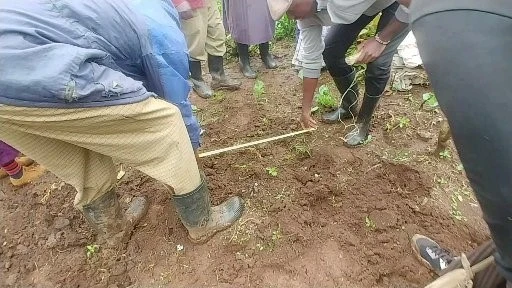
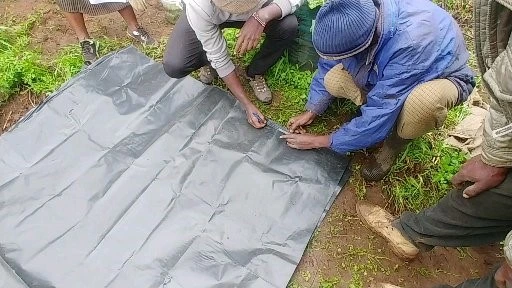
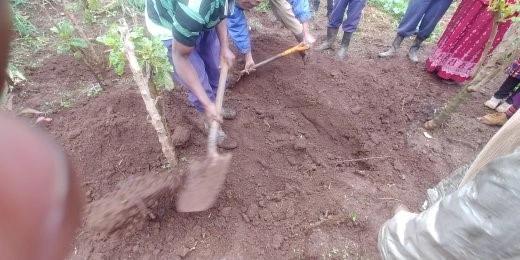
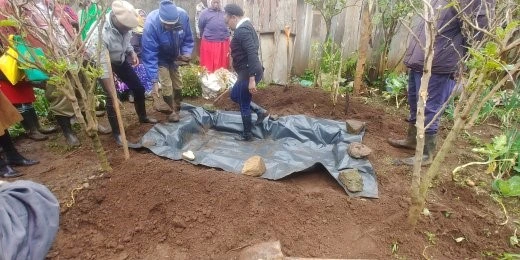

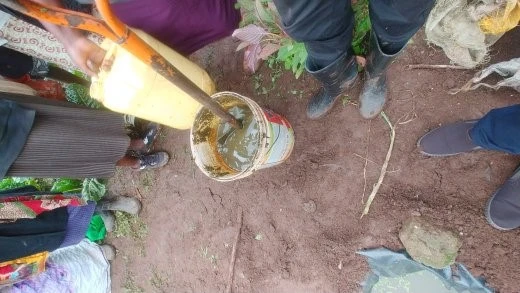
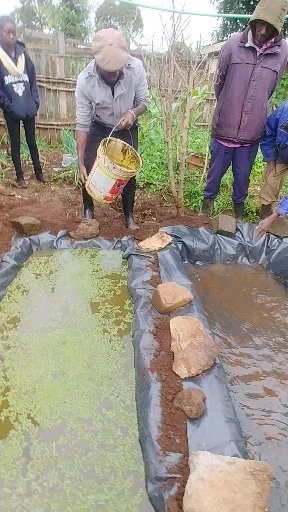
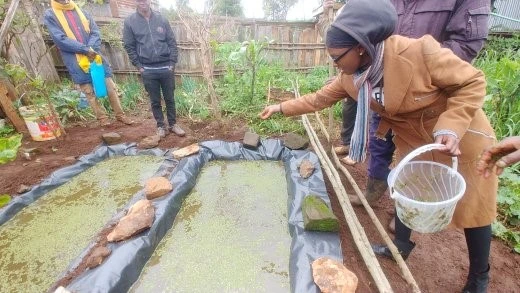
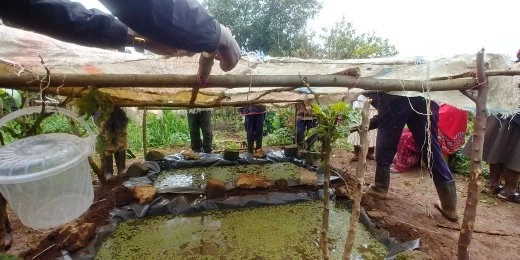
The Don’ts
Without establishing Azolla, I bet you’ll not stand a chance of observing how the aquatic weed thrives in a natural habitat and fails to respond positively to controlled environmental conditions of an artificial habitat. Your Azolla unit will terribly fail if you don’t include the following:
Shading material.
Azolla is a combination of two Greek words; “azo” and “allyo.” The latter means “to kill.” As such, dry and hot weather conditions suppress the growth of research. Providing natural (establishing azolla under trees) or artificial (covering your ponds with locally available materials) shade will solve this problem
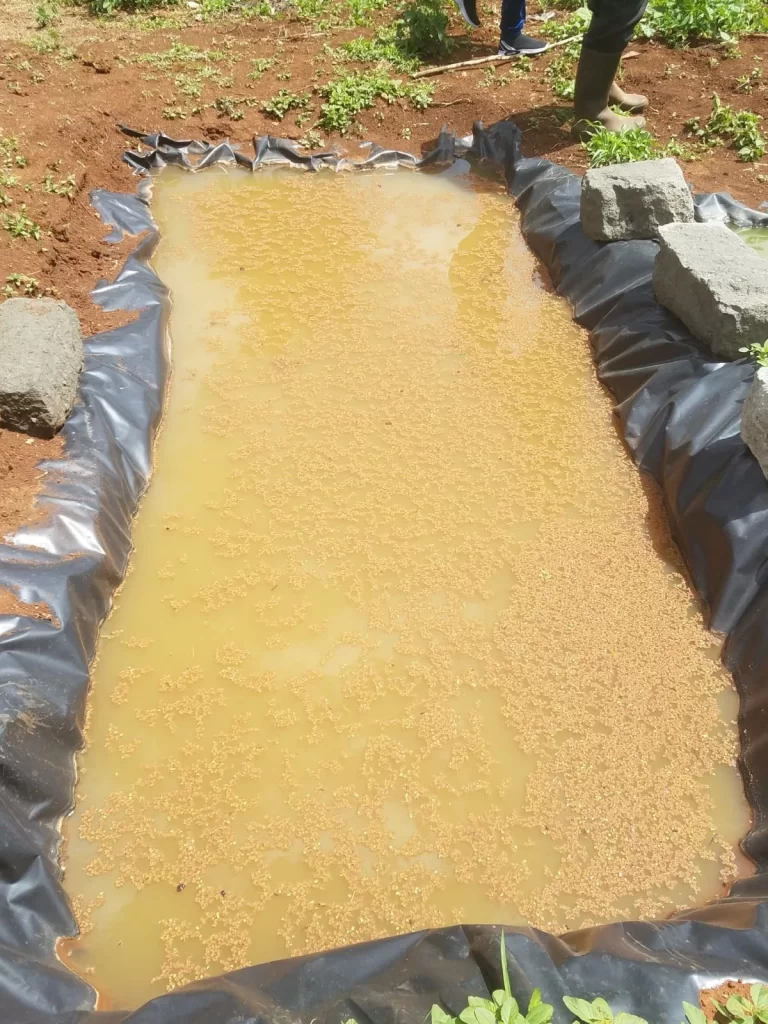
Fresh cow manure
- Always add a bucket of fresh cow dung twice a month. Simply put a substantial amount of cow dung in bucket, add some water, and stir. Finally, discharge the solution in to the ponds. Poultry manure is highly nutritious. Nonetheless, farmers encounter difficulties collecting chicken manure. On the same note, discharging chicken manure in stagnant water produces a strong and bad smell. Hence, fresh cow manure is the best.
Establish more than 2 ponds.
Farmers should establish at least 2 ponds for 2 reasons; control and sustainability/survival. On the one hand, azolla has thrived as an unconventional feed. As such, a lot is still unknown about the weed and dedicated farmers should record abnormalities, solutions, and experiences observed in the production process. On the other hand, farmers should establish an extra pond to increase the ease of replacing the pond water and multiplying Azolla.
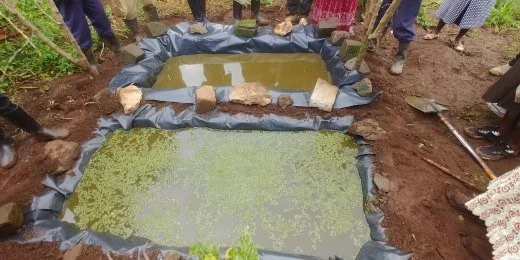
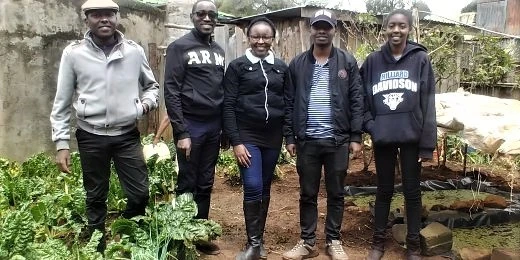
As a livestock farmer, you have every reason to erect 2 or more azolla ponds to meet your protein-based needs in the daily ration. At Wing Farm, we are dedicated to help you achieve this goal through theoretical training, on-site demonstrations, and timely follow-ups.
You’ll need an insightful and resourceful team to establish azolla accurately. For recruitment, further contributions, queries, and feedback concerning Azolla, contact our experts through our social media pages; Twitter, Instagram, Facebook, and LinkedIn.



